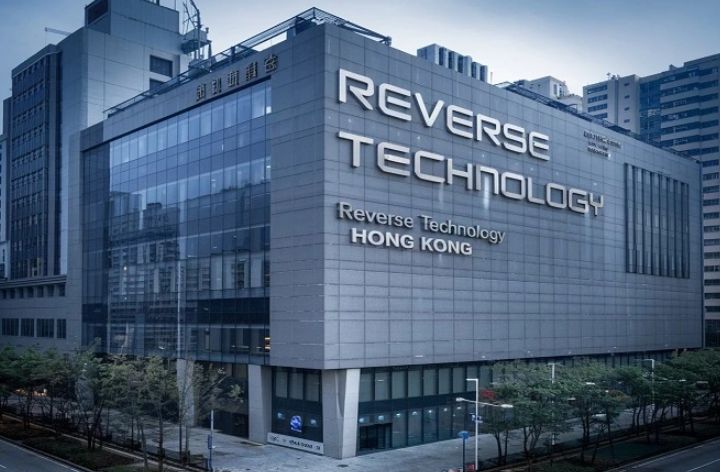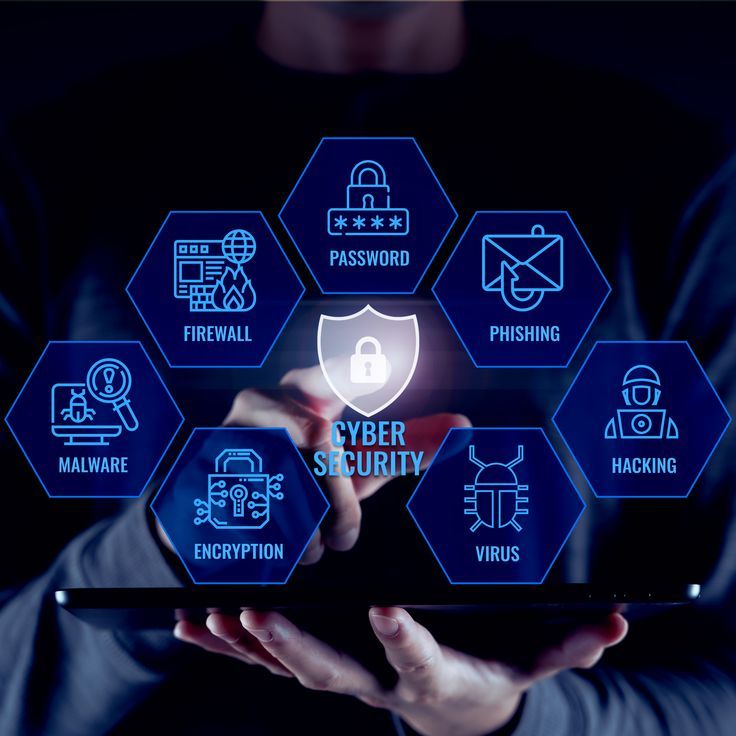In an age where innovation unfolds at breakneck speed, we constantly encounter new technological frontiers—often accompanied by compelling narratives of what’s next. But, have you ever wondered about the “last phrase” of technology? What does this term mean, and what significance does it hold in the larger context of technological advancement?
In this article, I will dive deep into the concept of the “last phrase of technology,” exploring its meaning, its implications for the future of tech, and how it connects to evolving trends like artificial intelligence, quantum computing, and beyond. Let’s explore why this term is being used to describe the final stages of a technology lifecycle, and why it may not be as straightforward as it seems.
Defining the “Last Phrase” of Technology
When we talk about the “last phrase” of technology, we’re not necessarily referring to the final stage of its existence. Instead, it can be interpreted in a few different ways, depending on the context. In many discussions, the “last phrase” refers to the point at which a given technology reaches its peak or its zenith. It represents a moment in time where the Last Phrase of Technology has undergone most of its evolution, and there’s only refinement and optimization left before it potentially becomes obsolete or is replaced by something new.
Also read this What Rest Areas in Oregon Have Wi-Fi Service?
Key Concepts Related to the Last Phrase:
- Maturity Stage: In technology’s lifecycle, there’s a maturation phase where most major breakthroughs have occurred. The last phrase is often associated with this stage.
- Obsolescence or Evolution: The “last phrase” could also mark the beginning of the end for a particular technology, indicating its transition to a new phase—whether that means gradual obsolescence or evolution into a more advanced version.
What Marks the Last Phrase of Technology?
To better understand the last phrase of technology, it’s essential to first look at the key stages that a technological innovation goes through. These stages typically follow a predictable lifecycle, including conceptualization, development, adoption, maturity, and decline.

The “last phrase” usually emerges during the maturity and decline stages, when the technology has been fully integrated into industries, organizations, and societies, and the primary focus shifts to optimization and maintaining market relevance.
Examples of Technology Approaching the Last Phrase
Some technologies have already passed through their innovation and growth phases and are now approaching or have entered their last phrase. Let’s take a look at a few examples:
1. Smartphones (Traditional Models)
The smartphone market, particularly with standard models, has reached a point where most devices are increasingly similar in design, functionality, and performance. The last phrase for this category is about refining battery life, enhancing camera quality, and improving software integration.
2. Flat-Panel TVs
Once a groundbreaking technology, flat-panel TVs have now reached a level of maturity where further advancements are minor. The industry has shifted towards new technologies like OLED and QLED, leaving traditional flat-panel TVs to focus on incremental improvements, such as screen size and color accuracy.
3. Internal Combustion Engines (ICE)
While electric vehicles (EVs) take center stage in the future of transportation, traditional ICE vehicles are entering their final phase of technological innovation. The advancements within ICE vehicles are minimal, with improvements mostly in fuel efficiency and emissions.
The Impact of Emerging Technologies on the Last Phrase
As we witness the maturation of older technologies, new, disruptive technologies emerge to replace them. These innovations redefine the possibilities and often challenge the very notion of a “last phrase” in technology. For example, quantum computing promises to revolutionize the tech landscape, providing solutions that go far beyond the capabilities of classical computing. Similarly, advancements in AI, robotics, and biotechnology are accelerating, leading to new fields of research and innovation that may outpace previous technologies.
Emerging Technologies and Their Impact:
- Quantum Computing: With quantum systems capable of processing exponentially more data than classical computers, they represent a leap into a new realm of computational power that will soon replace traditional computing models.
- AI and Automation: Artificial intelligence and machine learning technologies are driving the automation of tasks previously performed by humans. As AI systems evolve, we might reach a point where machines become capable of autonomously handling virtually all technical functions.
- Blockchain and Cryptocurrencies: Blockchain technology is gaining traction across multiple sectors, from finance to healthcare. Its decentralized nature and secure, transparent features are shaping how digital transactions and records are managed.
The “Last Phrase” as a Cultural Metaphor
Interestingly, the concept of the “last phrase” of technology can also serve as a metaphor for human progress. As we approach the “last phrase” in the development of certain technologies, it becomes increasingly clear that technological growth often paves the way for societal growth and transformation. The shift from older technologies to newer innovations serves as a marker for evolving human capabilities and the pursuit of more efficient, sustainable, and intelligent systems.

The Role of Tech in Society’s Evolution
Technology doesn’t just change in isolation—it changes society at large. The last phrase of older technologies might signal a more comprehensive societal shift toward new, digital-first lifestyles. This phenomenon can be seen in:
- The Transition to Smart Cities: Technologies like IoT, 5G, and AI are pushing us toward the next generation of urban development, turning cities into interconnected hubs that optimize everything from traffic flow to energy usage.
- Healthcare Revolution: Advancements in telemedicine, medical AI, and biotech are reshaping healthcare delivery and treatment, improving patient outcomes, and reducing costs.
Pros and Cons of Entering the Last Phrase of Technology
As technologies mature and approach their last phrase, there are both advantages and challenges to consider. For businesses, consumers, and tech developers, understanding these pros and cons is critical to staying ahead in an ever-changing landscape.
Pros:
- Stability: Mature technologies tend to be stable and reliable, offering established standards and widespread adoption.
- Cost Efficiency: With more widespread use and development, the costs associated with older technologies often decrease, making them more affordable for consumers and businesses alike.
- Sustainability: As older technologies become optimized, they may become more energy-efficient and environmentally friendly.
Cons:
- Innovation Stagnation: Once a technology reaches its last phrase, it may struggle to provide groundbreaking innovation, leading to diminishing returns for companies invested in that technology.
- Obsolescence Risk: As new technologies take over, older systems and devices may become obsolete or unsupported, creating issues for users and developers.
- Limited Growth Opportunities: Companies focused on legacy technologies may find fewer opportunities for significant growth or expansion as the market reaches saturation.
Comparison Table: Old vs. New Technologies Approaching the Last Phrase
| Feature | Older Technology (e.g., ICE Cars) | Newer Technology (e.g., EVs) |
| Innovation Potential | Low (near maturity) | High (room for development) |
| Market Adoption | Widespread, but plateauing | Gaining traction rapidly |
| Environmental Impact | High (pollution) | Low (zero emissions) |
| Growth Opportunity | Limited growth potential | High potential for growth |





